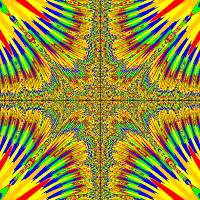So I have been attempting to create a program that, in essence, is like the game Petanque. The problem I am encountering is that, after creating ten Objects of Class Ball, they all act at the same time. This is not ideal. What is needed is that the first Ball created moves to where the mouse is clicked, and after coming to a stop, the second Ball then moves when to where the mouse is clicked. Right now, what happens is that all ten Balls move towards where the mouse is clicked at the same time.
The way the Balls move is that each ball has two variables, moveX and moveY which correspond to the horizontal and vertical velocity respectively. Thus, my plan to deal with the problem is to create an Array of all the Balls. When traversing the array, the condition for moving to the next element would be that the velocity of the Ball in the current element is 0. However, I am not entirely sure how to create all ten Balls and have them be added to an Array, called ballList, and then move as I describe above.
Thanks for any help you can provide, and if further clarification (i.e. code extracts) are needed, please let me know.



